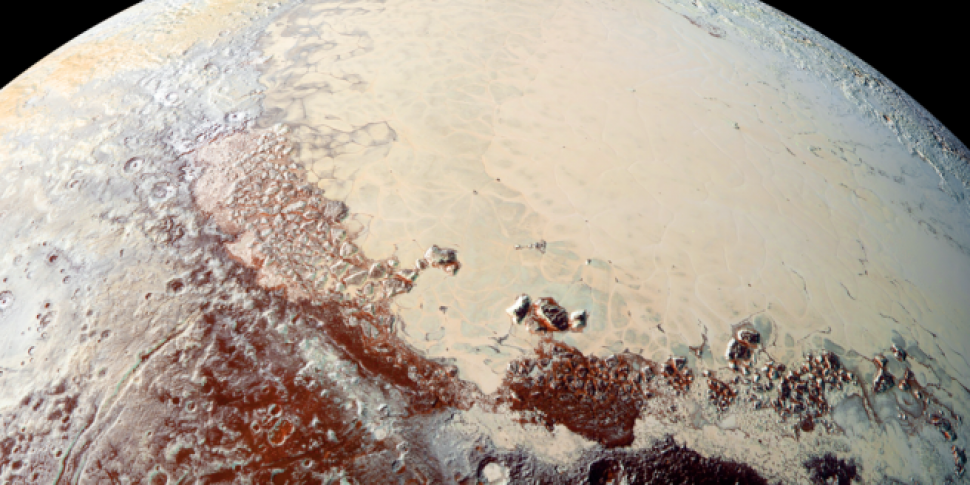Eleven years after being downgraded from its status, planetary scientists at NASA, including those working on the New Horizons mission, want to upgrade Pluto back to being a planet.
As per the current definition by the International Astronomical Union (IAU), there are currently eight objects in our solar system classified as planets, while many other objects, some even larger than Pluto, have been dubbed dwarf-planets. But the IAU’s determination of what is or is not a planet has no basis in international law, relying instead on scientific convention.
But now researchers that the IAU code for what makes the cut is riddled with shortcomings, based on astronomical determiners rather than those considered by planetary scientists.
Led by Alan Stern, principal investigator of NASA’s New Horizons mission to Pluto, the team has submitted a proposal to the IAU that would redefine its definition of a planet; the proposal suggests that a “sub-stellar mass body that has never undergone nuclear fusion and that has sufficient self-gravitation to assume a spheroidal shape adequately described by a triaxial ellipsoid regardless of its orbital parameters.”
A solar system of 110 planets
All that boils down to making the case for defining any round object in space smaller than a star as a planet, which would mean that the Earth’s moon would be reclassified as well. In total, 110 objects in the solar system would be defined as planets, with the potential for more yet to be discovered. While school children around the world learn the names of the eight – or nine, including Pluto – planets in basic science classes, students would only be expected to account for the 12-25 biggest and most significant, according to the proposal.

Some of the 110 objects that would be reclassified as planets [Planetary.org]
Stern has gone on the record as a vocal critic of the IAU, telling Tech Insider that he considers the IAU’s guidelines “bullshit,” pointing out the recent findings of the celebrated New Horizons mission. Pluto was found to have complex geography, including an atmosphere thick than mercury, water ice mountains taller than North America’s Rocky range, as well as ridges on frozen plains that indicate geological activity.
“You really should listen to planetary scientists that know something about this subject,” Stern said. “When we look at an object like Pluto, we don’t know what else to call it.”









